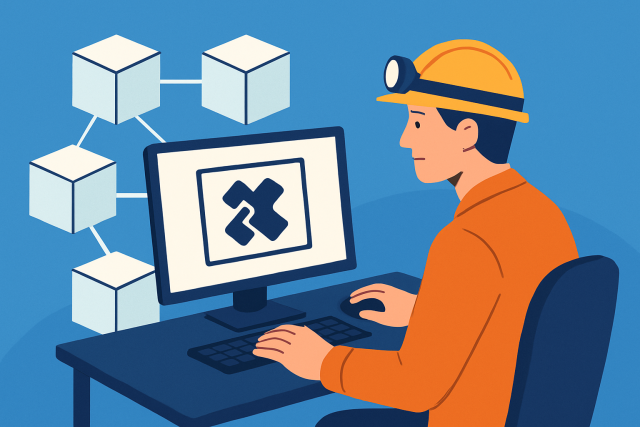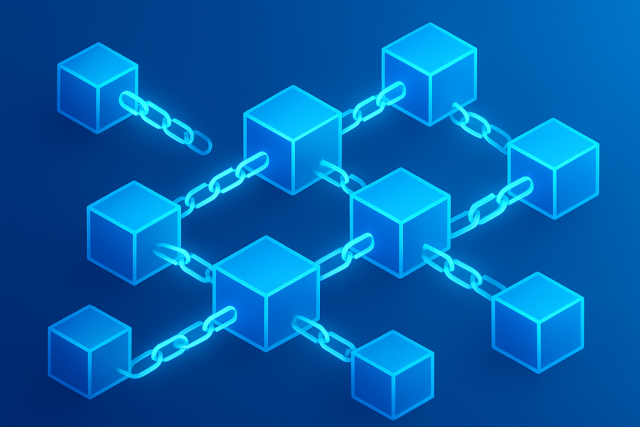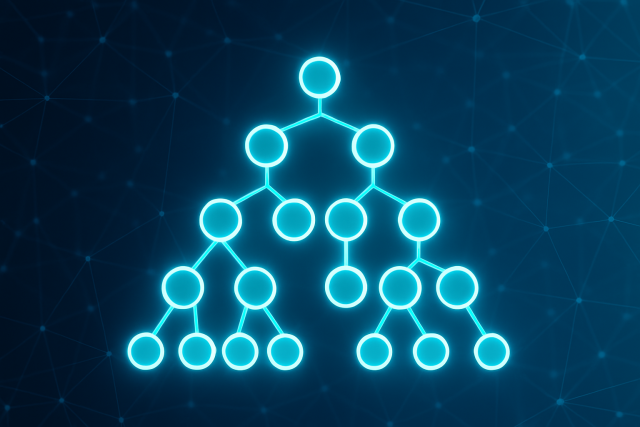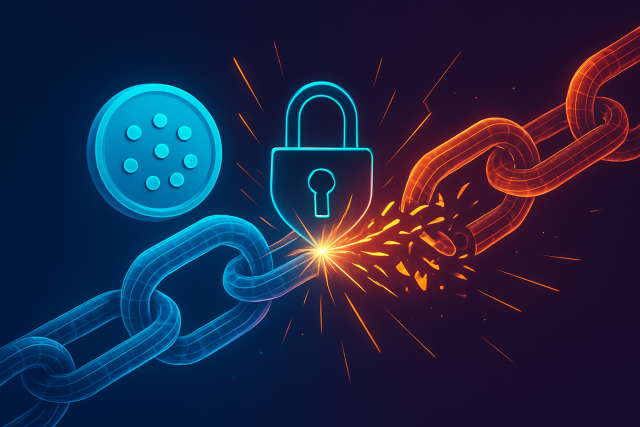Blockchain Developer Guide for Building DApps

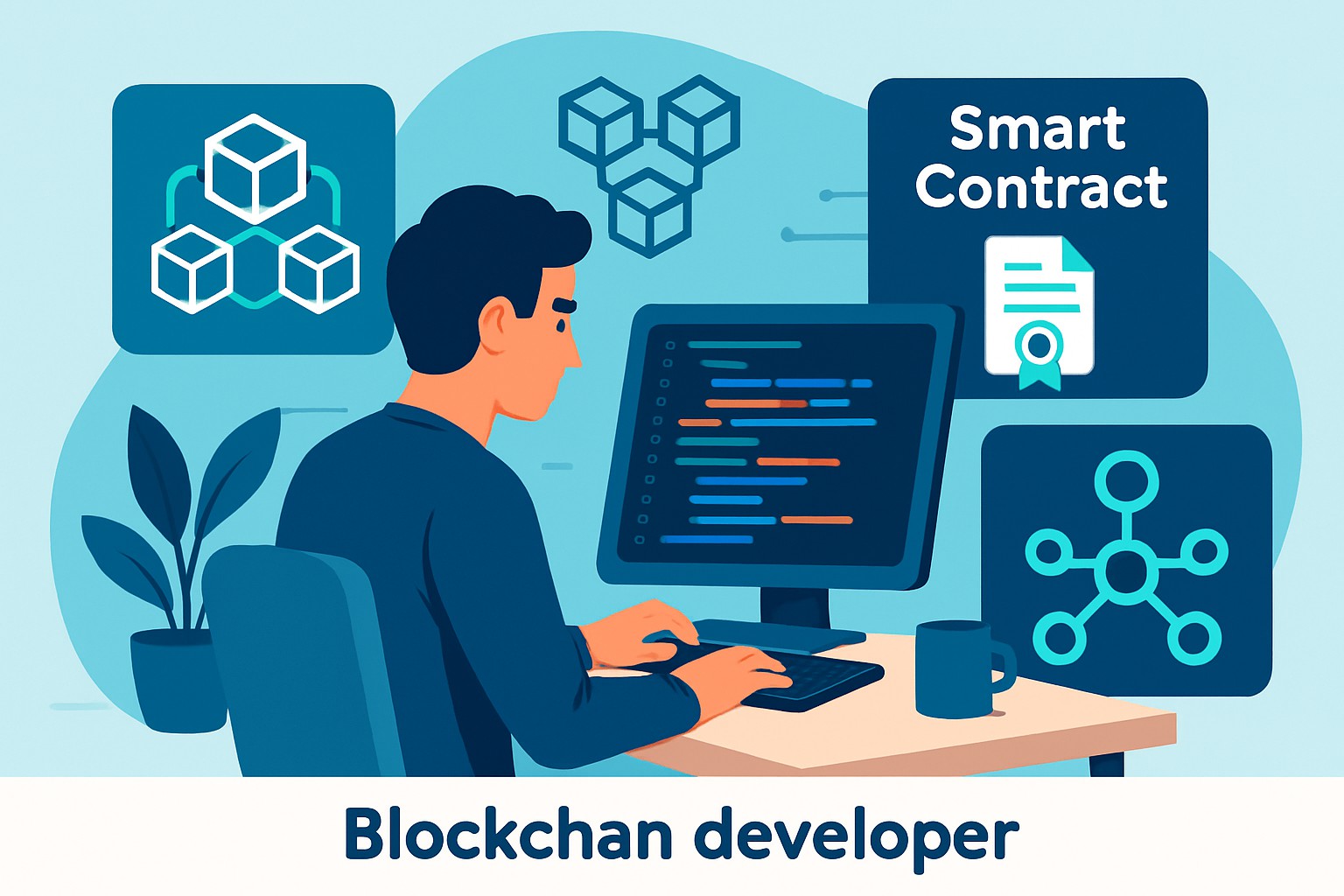
This blockchain developer guide highlights how blockchain developers play an important role in crafting decentralized applications that are quietly but steadily transforming the way we interact with digital platforms.
Understanding Blockchain Technology as the Unsung Backbone of DApps
Blockchain is a kind of distributed ledger technology that’s designed to keep data both unchangeable and transparent, using clever consensus methods to do the heavy lifting. Smart contracts take care of transactions automatically, cutting out the need for trust
- Decentralization removes any single point of control or failure by spreading trust across many nodes making the system more resilient.
- Immutability means once data lands on the blockchain it’s set in stone—no take-backs, no erasing, no funny business.
- Consensus algorithms like Proof of Work and Proof of Stake help the network agree on its current state like a digital group decision that just works.
- Nodes form a peer-to-peer network and work together to keep the ledger honest and up-to-date.
- Cryptographic techniques are the unsung heroes that protect data privacy verify identities and guarantee everything stays intact.
- Smart contracts are little programmable robots on the blockchain that automatically spring into action when conditions are met.
What Exactly Is a DApp? Key Features and Common Uses That Make Them Tick
Decentralized applications or DApps run on blockchain networks and bring a refreshing dose of transparency, security and more control straight into users' hands. Unlike typical apps that can crash or fail when one piece goes wrong, these beauties don’t put all their eggs in one basket.
- DApps come with open-source codebases anyone curious can audit, offering transparency at its finest.
- Instead of relying on centralized servers their backend runs on decentralized peer-to-peer networks spreading the workload like a well-organized team.
- They use consensus methods to confirm transactions and keep everything up to date to ensure no funny business slips through.
- Many of these apps include native tokens or cryptocurrencies that handle payments, governance or rewards, creating their own little economies.
- Their security and transparency are based on immutable blockchain records meaning once something is recorded it is set in stone.
- DeFi platforms offer decentralized financial services such as lending and trading, challenging traditional banks.
- Gaming DApps often add excitement with play-to-earn models and genuine ownership of in-game loot helping players feel truly rewarded.
- Supply chain DApps improve traceability and help reduce fraud and errors throughout the product lifecycle acting like a digital watchdog for your goods.
- Identity management DApps put users in control with self-sovereign identity solutions letting people take charge like never before.
How to Set Up Your Development Environment for Blockchain Development
Getting your development environment just right is one of those things that can save you a ton of headaches down the road. It might seem a bit daunting at first, but once you’ve got everything in place, you’ll be cruising. So, let’s roll up our sleeves and walk through the essentials to get you comfortably set up for blockchain development.
Kick off your journey into building DApps by getting a handful of essential tools up and running. Think Node.js to handle your JavaScript like a pro, MetaMask to keep your blockchain accounts managed, a local blockchain client such as Ganache for testing in a sandbox environment and developer-friendly frameworks like Truffle or Hardhat that take the headache out of compiling and deploying your smart contracts.
Install the latest versions of Node.js and npm—these tools will keep your JavaScript development smooth and help you manage all your packages.
Set up MetaMask, a handy browser wallet extension that lets you juggle blockchain identities and interact with test networks easily—think of it as your blockchain sidekick.
Pick the blockchain network that fits your project best, whether Ethereum, Binance Smart Chain, or another. Choose what feels right for your needs.
Install a framework like Truffle or Hardhat to make contract development, testing, and deployment easier—these frameworks are like Swiss Army knives for smart contracts.
Configure Ganache to spin up a local blockchain simulation where you can experiment with your smart contracts without risk—kind of like a playground for your code.
Grab Visual Studio Code or your favorite IDE tailored for JavaScript and Solidity—it will help you write code faster and with fewer headaches.
Writing Smart Contracts The Cornerstone of DApp Development That You Can’t Afford to Overlook
Smart contracts act as the programmable backbone of DApps, quietly handling the enforcement of rules and agreements without breaking a sweat. Solidity takes the crown as the go-to language, crafted especially for Ethereum-compatible blockchains.
- Smart contracts are like little autonomous robots—permanent pieces of code living on the blockchain that run by themselves.
- Solidity’s syntax feels familiar if you’ve dabbled in JavaScript and it’s robust enough to handle complex logic and inheritance which keeps things tidy.
- Most contracts start with SPDX license identifiers and pragma statements to lock the compiler version. Think of it as setting the ground rules before the game begins.
- State variables act as the contract’s memory holding data persistently on the blockchain for as long as you need.
- Functions are where the action happens, defining what the contract does. They can be public, private, internal or external depending on who you want to let in on the fun.
- Modifiers are like gatekeepers managing access and running checks before functions get their turn to execute.
- Events serve as the contract’s way of raising a flag by generating logs to alert outside observers about key changes in state.
- Throwing in thorough error handling with require, assert and revert is important because it’s a lifesaver when you want to dodge unexpected hiccups.
Compile Test and Deploy Smart Contracts - A Handy Guide
Once you have penned your smart contracts, you can roll up your sleeves and use Solidity compilers alongside handy development frameworks like Truffle or Hardhat to compile and run unit tests. I’ve found it’s smartest to start by deploying to local test blockchains such as Ganache—think of it as your playground—then gradually move on to public testnets like Ropsten or Rinkeby before taking the plunge onto mainnets.
Compile your smart contracts using the Solidity compiler through Truffle or Hardhat. This will produce the ABI and bytecode you need.
Write unit tests in JavaScript or Solidity to verify that your contract functions and behaviors work exactly as you intended.
Run these tests locally on Ganache to catch bugs early and best of all, it won’t cost you a dime.
Deploy your contracts to public testnets like Ropsten or Rinkeby to see how they perform in real-world conditions.
Once you are confident everything has been thoroughly tested, deploy your contracts to the Ethereum mainnet or the blockchain of your choice to ensure they are ready for real-world use.
Building the Frontend with Seamless Blockchain Connection
Building a user-friendly frontend is absolutely key when you want individuals to actually use a DApp. Developers typically connect interfaces to the blockchain with libraries like Web3.js or Ethers.js that handle wallet integration, fetch data, and process transactions.
- Securely connect users' wallets using MetaMask or WalletConnect, making it easy and safe to sign transactions without breaking a sweat.
- Fetch blockchain data like balances or contract states in real time, keeping the UI fresh and up to date as things change.
- Send data or trigger smart contract functions through transactions whenever users take action, so the app feels alive and responsive.
- Listen for contract events to refresh the interface or gently nudge users with updates, ensuring they’re always in the loop.
- Handle asynchronous blockchain interactions gracefully, with clear loading indicators and helpful error messages to avoid user frustration.
- Use popular UI frameworks such as React or Vue to build modular, responsive apps that don’t miss a beat across devices.
- Apply state management tools like Redux or Vuex to keep the UI and blockchain data nicely in sync, making the whole experience smooth and reliable.
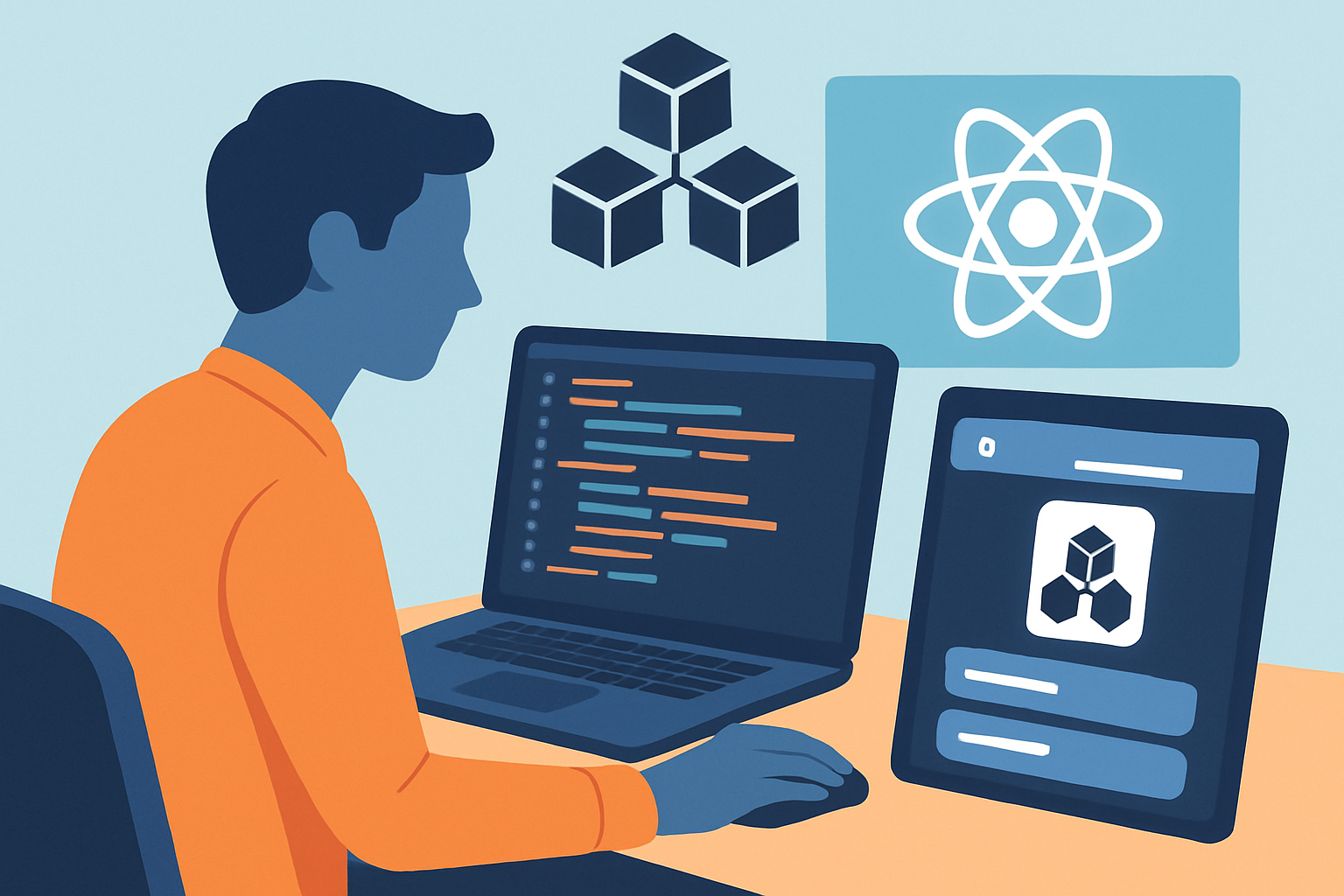
Key Security Practices You’ll Want to Keep in Mind When Developing DApps
Security is absolutely vital in blockchain development since every transaction is set in stone and out there for all to see. Developers really have to roll up their sleeves to thoroughly test and audit their work, sticking to trusted methods like their lives depend on it
- Guard against reentrancy attacks by applying non-reentrant locks and carefully structuring your external calls. Trust me, this is one area where a little extra caution pays off big time.
- Avoid integer overflow and underflow issues by using Solidity's SafeMath or the native checked arithmetic features available in versions ^0.8.0 and later.
- Always thoroughly check and sanitize untrusted user input. This acts as your first line of defense against unexpected contract misbehavior.
- Build your contracts with strong safeguards to protect against Denial of Service attacks that could halt critical functions since downtime affects everyone negatively.
- Perform meticulous code audits on multiple levels. Automated tools catch obvious problems, manual reviews expose subtle issues, and independent third-party inspections provide a fresh perspective.
- Use well-established libraries and frameworks whenever you can. They serve as a safety net and reduce the risk of common vulnerabilities.
- Be cautious when implementing upgradeability patterns. Finding the right balance between preserving immutability and allowing future updates requires experience and careful judgment.
"In the world of blockchain development, security isn’t merely important—it truly forms the bedrock everything else stands on. Keeping a step ahead with regular audits and leaning on tried-and-true patterns goes a long way in steering clear of costly vulnerabilities that could seriously damage trust and assets for good." – Leading Blockchain Security Expert
Growing and Fine-Tuning Your DApp to Make It Shine and Sing
Scalability on the blockchain remains one of those stubborn hurdles that really shapes how smoothly decentralized apps run and what they end up costing. Developers often find themselves leaning on layer 2 solutions and tweaking smart contract designs just right to bring down those pesky gas fees and speed up transactions.
- Use sidechains to handle transactions off the main network. This helps ease congestion and keeps security reliable.
- Implement rollups such as optimistic or zero-knowledge rollups to run transactions off-chain then post proofs on-chain. This way you get the best of both worlds without overloading the main chain.
- Use state channels for frequent interactions off-chain, only locking the final outcomes on the main blockchain. It’s a handy trick to keep things speedy.
- Design smart contracts carefully by reducing storage needs, reusing code, and streamlining logic to keep gas costs low.
- Shift heavy computational tasks off-chain to lighten the main network's load. Think of it as giving your main chain a breather.
- Keep a watchful eye on gas fees and optimize transaction batching. It’s like carpooling for transactions and saves you money.
How to Deploy and Keep Your DApp Running Smoothly in Production
Releasing your DApp to the public calls for careful planning—think deployment and ongoing monitoring plus a solid governance game plan. As outlined in this blockchain developer guide, the work doesn't stop once it's live. It's all about keeping those contracts and frontend parts in tip-top shape by pushing out upgrades, listening to the community and staying transparent.
Wrap up deployment by running thorough tests and launching your contracts on a public testnet. Think of it as a dress rehearsal to gather honest community feedback.
Time your DApp launch on mainnet when gas fees drop significantly and keep your users informed every step of the way.
Keep a close eye on contract and frontend performance using analytics tools because catching any hiccups early can save you a mountain of headaches later.
Handle contract upgrades carefully with proxy patterns and make sure to communicate any changes clearly. Your users will appreciate the heads-up.
Keep the conversation going by engaging users through governance systems, feedback channels and transparent update roadmaps. This helps build trust and encourages adoption one step at a time.
Frequently Asked Questions
What programming languages should I learn to start building DApps?
When it comes to Ethereum smart contracts, Solidity is pretty much the go-to—it feels a lot like JavaScript which makes it easier to pick up if you’ve dabbled in web development. On the frontend side, you’ll find frameworks like React or Vue combined with libraries such as Web3.js or Ethers.js essential. Depending on which blockchain you’re targeting, languages like Rust popular with Solana and Vyper another take on Solidity are gaining traction so it is worth keeping an eye on those too.
How much does it cost to deploy a smart contract on Ethereum?
The price really depends on how complex your contract is and what the gas fees look like at deployment time—they can be a wild card. For something simple, you might shell out between $50 and $200 in gas. But if your contract is packed with features costs can climb beyond $1,000 easily. On the bright side, you can always test things for free on testnets like Ropsten and if you want to save some serious cash layer 2 solutions like Arbitrum can slash mainnet fees by about 90 percent.
Can I update a smart contract after deployment?
By design, smart contracts are set in stone once deployed. However, clever people have developed upgradeability patterns like proxy contracts that let you tweak the logic without losing the contract’s state. These come with extra complexity and potential security pitfalls so it’s key to perform thorough audits before and after any changes if you want to keep things running smoothly and avoid nasty surprises.
What’s the biggest security risk when developing DApps?
One of the nastiest risks is the reentrancy attack, where a malicious contract calls vulnerable functions repeatedly before the original action finishes—catching developers off guard. To fend off such shenanigans, smart developers lean on patterns like checks-effects-interactions, use reentrancy guards or rely on Solidity’s built-in protections available from version 0.8.0 onward. Staying vigilant here really pays dividends.
Do I need to run a blockchain node to develop DApps?
Not necessarily. Plenty of services like Infura or Alchemy provide easy remote node access which saves you the headache of setup and maintenance. For a more hands-on approach tools like Ganache simulate a local blockchain environment perfect for testing. Running your own node with something like Geth gives you full control but demands storage space and ongoing upkeep—definitely not a casual weekend project.
How long does it take to build a production-ready DApp?
If you’re going for a simple DApp with basic smart contracts and a clean user interface you can usually knock that out in about 2 to 4 weeks. However, more ambitious projects like DeFi protocols or NFT marketplaces often require 3 to 6 months or more. This includes the painstaking testing, audits and continuous improvements that keep everything robust and user-friendly. From my experience, starting small with a minimum viable product and iterating upwards is often the smartest way to go.


